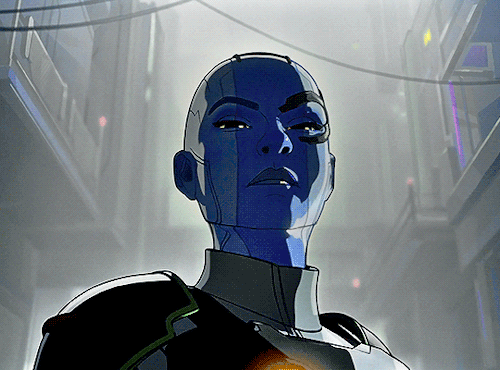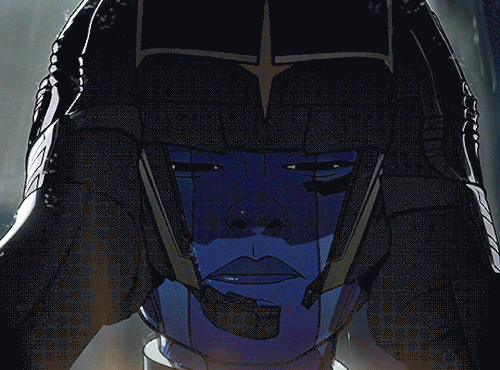Curate, connect, and discover
Nebula - Blog Posts
Marvel/Gamora Unpopular Opinion

My Opinion: Having 2014 Gamora replace 2019 Gamora was a terrible choice.
The reason why I disliked this writing choice because all the character growth she got is gone. The rest of the Guardians have developed, while Gamora basically got a restart. Plus, Starmora(don’t know the official ship name) is basically left with a lovestruck Peter and a clueless Gamora.
I know that there will be a third Guardians movie, but it’s probably going to be slow since Gamora is going to need some development. Or they might skip over the development and not let us see it.
Anyway, I know this may sound harsh. But, sometimes, characters shouldn’t be brought back to life.
IC 405 & 410 Mosaic - Flame and Tadpole Nebulas


Such a beautiful universe! So much more waiting to be found
Reacting to a kidnapping attempt part 3:
Guardians of the Galaxy edition
Quill

Gamora

Drax

Rocket

Mantis

Groot

Nebula

Guardians of the Galaxy is the story of a Racoon who flies a space ship and it had me sobbing on the floor.
It’s about outcasts, overcoming abuse, learning to love yourself and those around you.
It’s about forgiveness and guilt and family.
It’s about all the ludicrous little details surrounding life that make it bearable.
…I just really like the fucking raccoon ok?

The way I wept every time Rockets friends were onscreen knowing it could only end in tragedy.
ANOTHER DR INTRO <333
The first one I made was my drself intro (at the time in which I shift). This time it's for my aunt Jupiter ☆
"(blue)" = Earth-19 me adding comments nyehehe

"Heya, kiddo! Did ya miss good ol' Jupiter-? ⯎"
You can call me Taro! (pronounced the same as tarot lmao) I'm one of the founding members of this little thing we call "S" here, along with "princess bubblegum" [with siri] and "brawns-for-brains" over there... and wannabe torero, I guess... (gosh that guy gives me the ick...).
I'm from from over the west side (Mexico) so I'm like... fluent in several languages! ¿Que chido, no? (moved to Japan in like, preteen years?)
I work as an engineer, technician, and those among other things (such as clothing designing and whatnot; I'd say I have a pretty good eye for that (。•̀ᴗ-)✧) Of course, besides my career, I have a strong passion for skateboarding! I've been practicing ever since I was in... what? Junior High? Uy, it's been a while.. (girl you're in your 20s y'aint that old) And because of that I met Kaoru and Kojiro. The wrecks those two were back then, I gotta tell you... well, they still are. (snicker) Recently, a (second) cousin of mine moved here, and I finally got to see my nephews again! Since I knew the younger of them (all of the sudden I sneeze or something lol) was into skateboarding, I thought it'd be cool to bring them here [to "S"]. He seemed to like it, but he was hesitant at the idea of coming often since... I mean it's illegal, hah! But trust, I got them covered. Maybe you'll even get to meet them! Anyhow, I hope to see you more often around here. Why don't you tell me about yourself, hm?


annnnd yeah! She's a relative of mine in like several realities lmao, I LOVE HER SM <3
She's the one who made my S outfit and the one who designed Carla for Kaoru (I mean at least in my reality).
The drawing above is mine from a while ago, I really need to make more drawings of her frfr...
Edit: my IDIOT AHH forgot she has a NICKNAME IN S!! :,DDDD MY BAD I EDITED THAT THO!! So sorry y'all, but yes say hi to my aunt
I just watched Identiteaze on Nebula with my partner @zatartheperfect-blog and holy shit was it good. Big gender feels, I loved every minute of it. If you're trans, intersex, or plural and haven't seen it you absolutely should. Big feels yo. My one "Criticism" is that I want more time in this world, but with the stinger at the end I get the distinct impression that this is only the first part in a larger project.
I don’t ask for much but the next time we see the guardians of the galaxy they better mention something about how Rocket was alone for 5 years
Bonus points if they’re inside jokes between him and Nebula about missions they went on together that leave the other Guardians confused
+double bonus points if Rocket has a break down and he actually shares about what if felt like to be alone
Nebula teaching everyone how to play the table football game she learned from Tony would also be appreciated
nebula 1×02 gave nebula 2×01 nickname 'bula and/or n'uls because that's basically what she did with t'challa by calling him cha-cha 🫠
don't come for me, this can be both platonic and romantic, i don't care, they are both lesbians but one is mean and the other is sly 🤌
because of what if..? 2×01 i'm now thinking about an au where that nebula meets nebula from 1×02 because THAT nebula has the energy of a vixen sidekick from old noir detective movies which perfectly accompanies 2×01 nebula who has the energy of deckard from blade runner (the whole episode has that dark cyberpunk theme, it's insanely good)
mind you, i'm a simp for this woman, i NEED to see them together-
# I'm Rocket....
Corona got me pissed.








#tag yourself i’m tony stark


Some drawings of cat versions of both MCU and comic Nebula I drew on Procreate a few years ago.

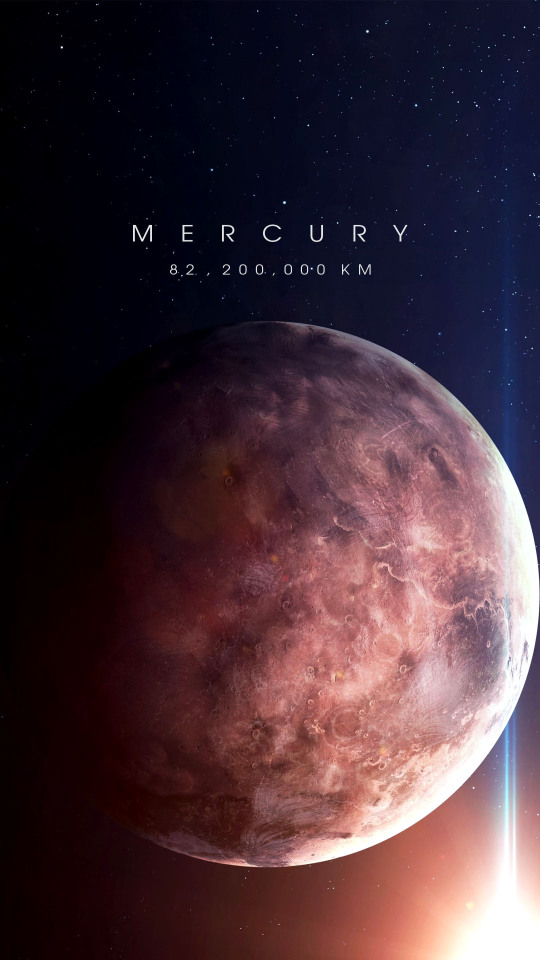



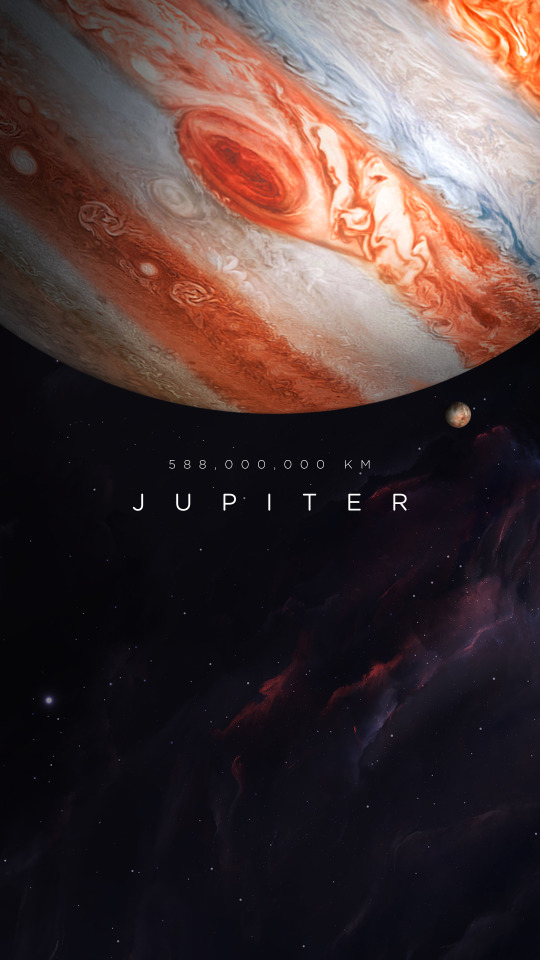
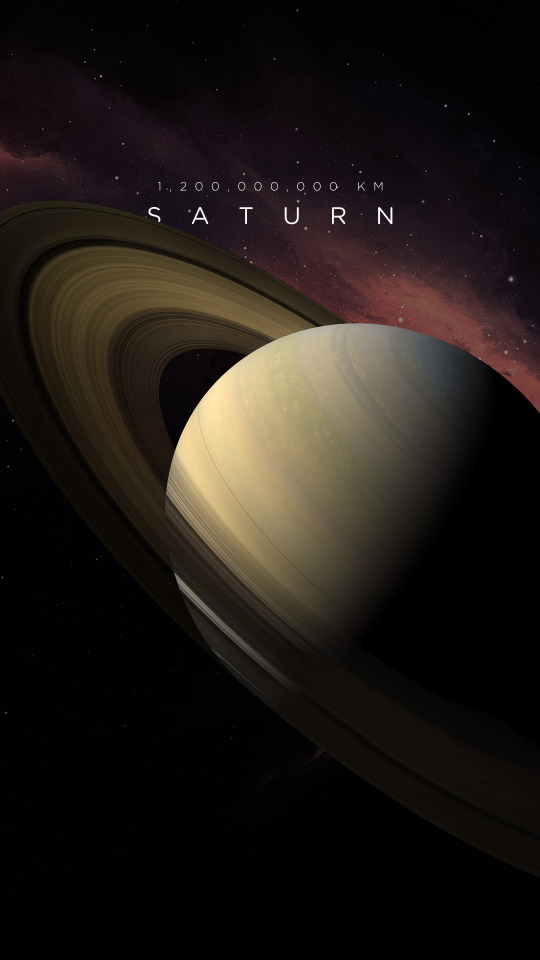
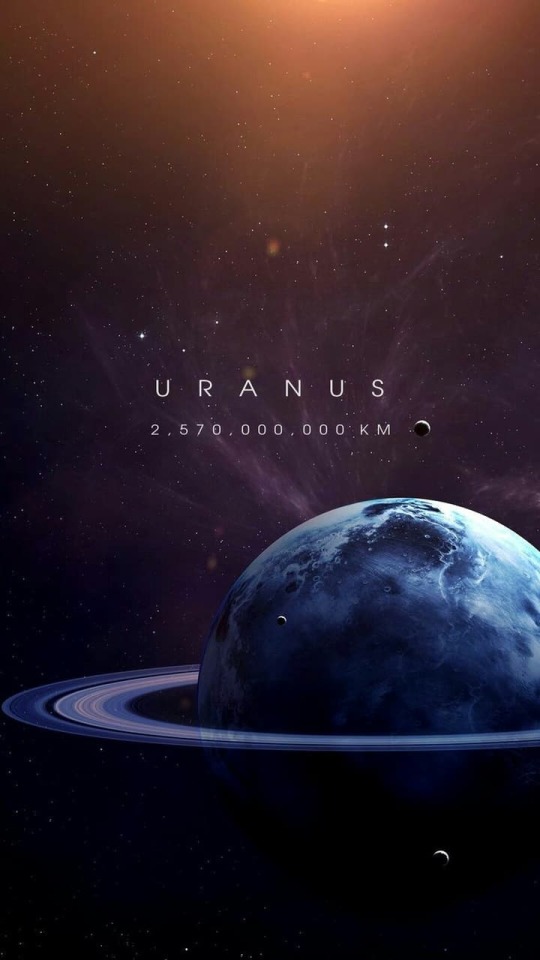

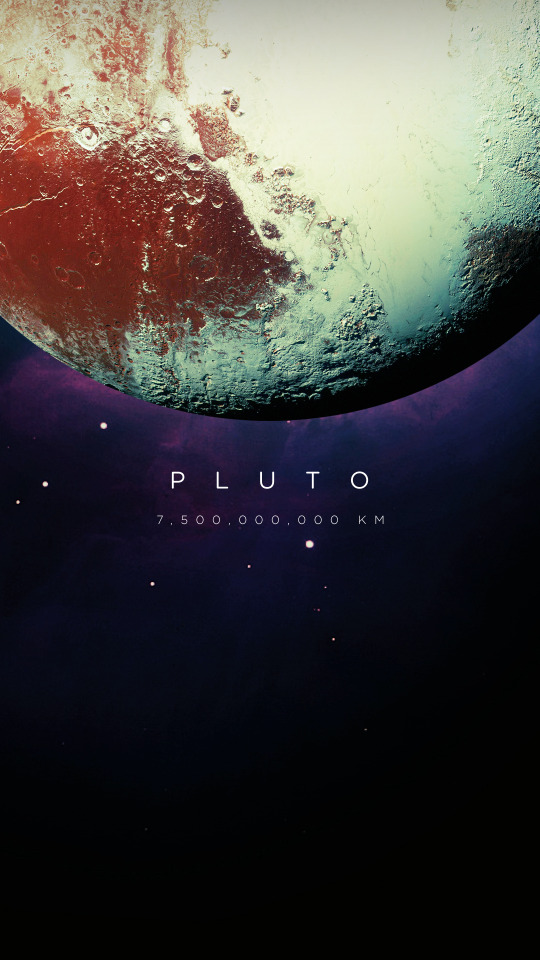
Our Amazing Solar System







AVENGERS INFINITY WAR
Marvel one shots of the guardians of the galaxy getting sent to a DND inspired world by loki
Rocket: artificcer cleric
Groot: druid
Starlord: warrior rouge
Drax: barbarian
Gamora: rouge barbarian
Mantis: mage cleric
Nebula: monk warrior
Cosmo: warlock (pacted with alternate God version of Emma or Xavier)
Note: I am a dnd poser (want to play it but to lazy to commit) so if what I said makes no sense then... :[

New persona check. This time this one stays, I promise. Even though I changed them the last two times lol. Meet Cosmo my starborn persona and internet persona! The starborn race is made by cryptiicruxx! You can find her on TikTok, YouTube, and Discord. Also love how my companions came out especially chat they look like ramen broth lol.
Coulson claps his hands, the resulting smack echoing around the abandoned subway tunnel. “I now bring this meeting of the Highly Advanced Prosthetic Arms Club to order!”

Love Letters from Space
Love is in the air, and it’s out in space too! The universe is full of amazing chemistry, cosmic couples held together by gravitational attraction, and stars pulsing like beating hearts.
Celestial objects send out messages we can detect if we know how to listen for them. Our upcoming Nancy Grace Roman Space Telescope will help us scour the skies for all kinds of star-crossed signals.

Celestial Conversation Hearts
Communication is key for any relationship – including our relationship with space. Different telescopes are tuned to pick up different messages from across the universe, and combining them helps us learn even more. Roman is designed to see some visible light – the type of light our eyes can see, featured in the photo above from a ground-based telescope – in addition to longer wavelengths, called infrared. That will help us peer through clouds of dust and across immense stretches of space.
Other telescopes can see different types of light, and some detectors can even help us study cosmic rays, ghostly neutrinos, and ripples in space called gravitational waves.

Intergalactic Hugs
This visible and near-infrared image from the Hubble Space Telescope captures two hearts locked in a cosmic embrace. Known as the Antennae Galaxies, this pair’s love burns bright. The two spiral galaxies are merging together, igniting the birth of brand new baby stars.
Stellar nurseries are often very dusty places, which can make it hard to tell what’s going on. But since Roman can peer through dust, it will help us see stars in their infancy. And Roman’s large view of space coupled with its sharp, deep imaging will help us study how galaxy mergers have evolved since the early universe.

Cosmic Chemistry
Those stars are destined to create new chemistry, forging elements and scattering them into space as they live, die, and merge together. Roman will help us understand the cosmic era when stars first began forming. The mission will help scientists learn more about how elements were created and distributed throughout galaxies.
Did you know that U and I (uranium and iodine) were both made from merging neutron stars? Speaking of which…

Fatal Attraction
When two neutron stars come together in a marriage of sorts, it creates some spectacular fireworks! While they start out as stellar sweethearts, these and some other types of cosmic couples are fated for devastating breakups.
When a white dwarf – the leftover core from a Sun-like star that ran out of fuel – steals material from its companion, it can throw everything off balance and lead to a cataclysmic explosion. Studying these outbursts, called type Ia supernovae, led to the discovery that the expansion of the universe is speeding up. Roman will scan the skies for these exploding stars to help us figure out what’s causing the expansion to accelerate – a mystery known as dark energy.

Going Solo
Plenty of things in our galaxy are single, including hundreds of millions of stellar-mass black holes and trillions of “rogue” planets. These objects are effectively invisible – dark objects lost in the inky void of space – but Roman will see them thanks to wrinkles in space-time.
Anything with mass warps the fabric of space-time. So when an intervening object nearly aligns with a background star from our vantage point, light from the star curves as it travels through the warped space-time around the nearer object. The object acts like a natural lens, focusing and amplifying the background star’s light.
Thanks to this observational effect, which makes stars appear to temporarily pulse brighter, Roman will reveal all kinds of things we’d never be able to see otherwise.

Roman is nearly ready to set its sights on so many celestial spectacles. Follow along with the mission’s build progress in this interactive virtual tour of the observatory, and check out these space-themed Valentine’s Day cards.
Make sure to follow us on Tumblr for your regular dose of space!
NASA Inspires Your Crafty Creations for World Embroidery Day
It’s amazing what you can do with a little needle and thread! For #WorldEmbroideryDay, we asked what NASA imagery inspired you. You responded with a variety of embroidered creations, highlighting our different areas of study.
Here’s what we found:
Webb’s Carina Nebula

Wendy Edwards, a project coordinator with Earth Science Data Systems at NASA, created this embroidered piece inspired by Webb’s Carina Nebula image. Captured in infrared light, this image revealed for the first time previously invisible areas of star birth. Credit: Wendy Edwards, NASA. Pattern credit: Clare Bray, Climbing Goat Designs
Wendy Edwards, a project coordinator with Earth Science Data Systems at NASA, first learned cross stitch in middle school where she had to pick rotating electives and cross stitch/embroidery was one of the options. “When I look up to the stars and think about how incredibly, incomprehensibly big it is out there in the universe, I’m reminded that the universe isn’t ‘out there’ at all. We’re in it,” she said. Her latest piece focused on Webb’s image release of the Carina Nebula. The image showcased the telescope’s ability to peer through cosmic dust, shedding new light on how stars form.
Ocean Color Imagery: Exploring the North Caspian Sea

Danielle Currie of Satellite Stitches created a piece inspired by the Caspian Sea, taken by NASA’s ocean color satellites. Credit: Danielle Currie/Satellite Stitches
Danielle Currie is an environmental professional who resides in New Brunswick, Canada. She began embroidering at the beginning of the Covid-19 pandemic as a hobby to take her mind off the stress of the unknown. Danielle’s piece is titled “46.69, 50.43,” named after the coordinates of the area of the northern Caspian Sea captured by LandSat8 in 2019.

An image of the Caspian Sea captured by Landsat 8 in 2019. Credit: NASA
Two Hubble Images of the Pillars of Creation, 1995 and 2015

Melissa Cole of Star Stuff Stitching created an embroidery piece based on the Hubble image Pillars of Creation released in 1995. Credit: Melissa Cole, Star Stuff Stitching
Melissa Cole is an award-winning fiber artist from Philadelphia, PA, USA, inspired by the beauty and vastness of the universe. They began creating their own cross stitch patterns at 14, while living with their grandparents in rural Michigan, using colored pencils and graph paper. The Pillars of Creation (Eagle Nebula, M16), released by the Hubble Telescope in 1995 when Melissa was just 11 years old, captured the imagination of a young person in a rural, religious setting, with limited access to science education.

Lauren Wright Vartanian of the shop Neurons and Nebulas created this piece inspired by the Hubble Space Telescope’s 2015 25th anniversary re-capture of the Pillars of Creation. Credit: Lauren Wright Vartanian, Neurons and Nebulas
Lauren Wright Vartanian of Guelph, Ontario Canada considers herself a huge space nerd. She’s a multidisciplinary artist who took up hand sewing after the birth of her daughter. She’s currently working on the illustrations for a science themed alphabet book, made entirely out of textile art. It is being published by Firefly Books and comes out in the fall of 2024. Lauren said she was enamored by the original Pillars image released by Hubble in 1995. When Hubble released a higher resolution capture in 2015, she fell in love even further! This is her tribute to those well-known images.
James Webb Telescope Captures Pillars of Creation

Darci Lenker of Darci Lenker Art, created a rectangular version of Webb’s Pillars of Creation. Credit: Darci Lenker of Darci Lenker Art
Darci Lenker of Norman, Oklahoma started embroidery in college more than 20 years ago, but mainly only used it as an embellishment for her other fiber works. In 2015, she started a daily embroidery project where she planned to do one one-inch circle of embroidery every day for a year. She did a collection of miniature thread painted galaxies and nebulas for Science Museum Oklahoma in 2019. Lenker said she had previously embroidered the Hubble Telescope’s image of Pillars of Creation and was excited to see the new Webb Telescope image of the same thing. Lenker could not wait to stitch the same piece with bolder, more vivid colors.
Milky Way

Darci Lenker of Darci Lenker Art was inspired by NASA’s imaging of the Milky Way Galaxy. Credit: Darci Lenker
In this piece, Lenker became inspired by the Milky Way Galaxy, which is organized into spiral arms of giant stars that illuminate interstellar gas and dust. The Sun is in a finger called the Orion Spur.
The Cosmic Microwave Background

This image shows an embroidery design based on the cosmic microwave background, created by Jessica Campbell, who runs Astrostitches. Inside a tan wooden frame, a colorful oval is stitched onto a black background in shades of blue, green, yellow, and a little bit of red. Credit: Jessica Campbell/ Astrostitches
Jessica Campbell obtained her PhD in astrophysics from the University of Toronto studying interstellar dust and magnetic fields in the Milky Way Galaxy. Jessica promptly taught herself how to cross-stitch in March 2020 and has since enjoyed turning astronomical observations into realistic cross-stitches. Her piece was inspired by the cosmic microwave background, which displays the oldest light in the universe.

The full-sky image of the temperature fluctuations (shown as color differences) in the cosmic microwave background, made from nine years of WMAP observations. These are the seeds of galaxies, from a time when the universe was under 400,000 years old. Credit: NASA/WMAP Science Team
GISSTEMP: NASA’s Yearly Temperature Release

Katy Mersmann, a NASA social media specialist, created this embroidered piece based on NASA’s Goddard Institute for Space Studies (GISS) global annual temperature record. Earth’s average surface temperature in 2020 tied with 2016 as the warmest year on record. Credit: Katy Mersmann, NASA
Katy Mersmann is a social media specialist at NASA’s Goddard Space Flight Center in Greenbelt, Md. She started embroidering when she was in graduate school. Many of her pieces are inspired by her work as a communicator. With climate data in particular, she was inspired by the researchers who are doing the work to understand how the planet is changing. The GISTEMP piece above is based on a data visualization of 2020 global temperature anomalies, still currently tied for the warmest year on record.
In addition to embroidery, NASA continues to inspire art in all forms. Check out other creative takes with Landsat Crafts and the James Webb Space telescope public art gallery.
Make sure to follow us on Tumblr for your regular dose of space!
Ready for a virtual adventure through the Orion Nebula?
Suspended in space, the stars that reside in the Orion Nebula are scattered throughout a dramatic dust-and-gas landscape of plateaus, mountains, and valleys that are reminiscent of the Grand Canyon. This visualization uses visible and infrared views, combining images from the Hubble Space Telescope and the Spitzer Space Telescope to create a three-dimensional visualization.
Learn more about Hubble’s celebration of Nebula November and see new nebula images, here.
You can also keep up with Hubble on Twitter, Instagram, Facebook, and Flickr!
Visualization credits: NASA, ESA, and F. Summers, G. Bacon, Z. Levay, J. DePasquale, L. Hustak, L. Frattare, M. Robberto, M. Gennaro (STScI), R. Hurt (Caltech/IPAC), M. Kornmesser (ESA); Acknowledgement: A. Fujii, R. Gendler

🏊♂️ Down for a dip in the Cosmic Reef?
Nicknamed the Cosmic Reef because it resembles an undersea world, this is a vast star-forming region in the Large Magellanic Cloud, a satellite galaxy of the Milky Way.
Released in April 2020 to celebrate the Hubble Space Telescope’s 30th anniversary, the reef showcases the beauty and mystery of space in this complex image of starbirth. Throughout its decades of discoveries, Hubble has yielded over 1.5 million observations, providing data that astronomers around the world have used to write more than 18,000 peer-reviewed scientific publications, making it the most prolific space observatory in history.
Learn more about Hubble’s celebration of Nebula November and see new nebula images, here.
You can also keep up with Hubble on Twitter, Instagram, Facebook, and Flickr!
Image credits: NASA, ESA, and STScI

These three towers are only a small portion of the massive Eagle Nebula.
Known as the “Pillars of Creation,” the beautiful tendrils of cosmic dust and gas are giving birth to new stars, buried within their spires. This iconic image only shows a stretch of about four or five light-years … while the whole nebula itself spans about 70 by 55 light-years.
Learn more about Hubble’s celebration of Nebula November and see new nebula images, here.
You can also keep up with Hubble on Twitter, Instagram, Facebook, and Flickr!
Image credits: NASA, ESA and the Hubble Heritage Team (STScI/AURA)

Spread your cosmic wings 🦋
The Butterfly Nebula, created by a dying star, was captured by the Hubble Space Telescope in this spectacular image. Observations were taken over a more complete spectrum of light, helping researchers better understand the “wings'' of gas bursting out from its center. The nebula’s dying central star has become exceptionally hot, shining ultraviolet light brightly over the butterfly’s wings and causing the gas to glow.
Learn more about Hubble’s celebration of Nebula November and see new nebula images, here.
You can also keep up with Hubble on Twitter, Instagram, Facebook, and Flickr!
Image credits: NASA, ESA, and J. Kastner (RIT)

The stunning Veil Nebula was created after a star about 20 times the mass of the Sun lived fast and died young – exploding in a cataclysmic release of energy known as a supernova.
In a violent stellar explosion roughly 10,000 years ago, shockwaves and debris created this staggeringly beautiful trail through space. The picture above shows a mosaic of six Hubble Space Telescope pictures, a small area roughly two light-years across, and only a tiny fraction of the nebula's vast 110 light-year structure.
To learn more about Hubble’s celebration of Nebula November and see new nebula images, visit our space telescope's nebula page.
You can also keep up with Hubble on Twitter, Instagram, Facebook, and Flickr!
Image credits: NASA, ESA, and the Hubble Heritage Team (STScI/AURA)

Our universe is FULL of strange and surprising things.
And luckily, our Hubble Space Telescope is there to be our window to the unimaginable! Hubble recently ran into an issue with its payload computer which controls and coordinates science instruments onboard the spacecraft. On July 16, teams successfully switched to backup hardware to compensate for the problem! A day later, the telescope resumed normal science operations. To celebrate, we’re taking you back to 2016 when our dear Hubble captured perhaps one of the most intriguing objects in our Milky Way galaxy: a massive star trapped inside a bubble! The star inside this Bubble Nebula burns a million times brighter than our Sun and produces powerful gaseous outflows that howl at more than four million miles per hour. Based on the rate the star is expending energy, scientists estimate in 10 to 20 million years it will explode as a supernova. And the bubble will succumb to a common fate: It’ll pop.


